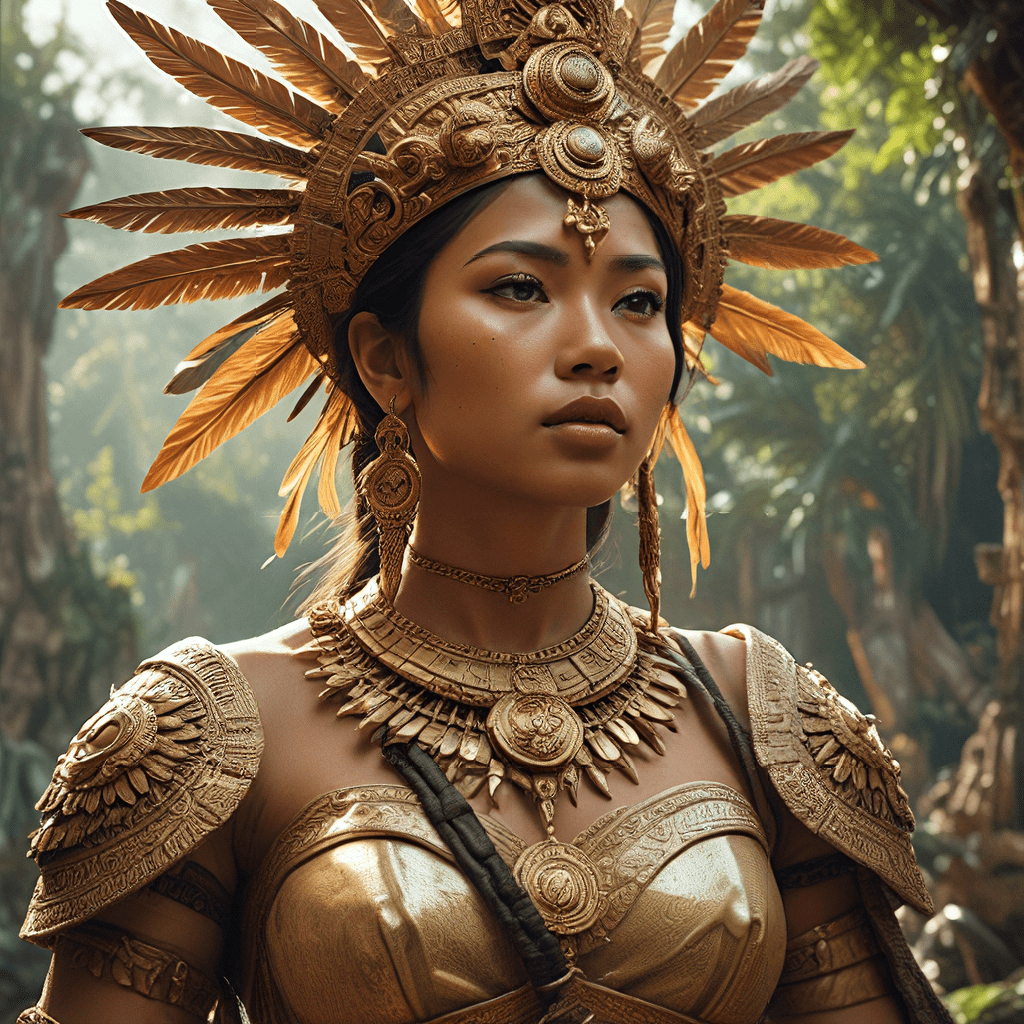The Significance of Bridges in Indonesian Mythology
In the rich tapestry of Indonesian mythology, bridges hold a profound significance, symbolizing more than just physical structures. They serve as powerful metaphors for transitions, connections, and journeys between realms. These bridges are not merely architectural marvels but portals to the divine, gateways between worlds, and pathways to power and authority. Throughout Indonesian folklore, bridges play a vital role in shaping narratives, defining relationships, and explaining the mysteries of the universe.
The Mythological Realms: A Tapestry of Universes
Indonesian mythology is known for its complex and layered cosmology, featuring a vast array of realms and beings. From the celestial realms of the gods to the underworld, each realm occupies a distinct space within the mythical universe. The Earth, a central realm, is often portrayed as a meeting point, where different realms intersect and interact. This intricate tapestry of realms is interconnected through bridges, which serve as vital pathways for movement and communication.
The Bridge as a Symbol of Transition and Connection
Bridges are metaphors for transition in Indonesian mythology. They represent the act of moving from one state to another, whether it's a physical journey from one location to another or a metaphorical journey from life to death. They also signify connection, bridging the gap between the earthly and the divine, the human and the supernatural. The act of crossing a bridge is often associated with both challenge and transformation, a symbolic passage between two distinct realms.
The Mythological Bridge: An Architectural Marvel
In Indonesian mythology, bridges are often described with a remarkable level of architectural detail. One of the most famous bridges is the "Jembatan Pelangi" (Rainbow Bridge), a magnificent structure adorned with vibrant colors. Some bridges are described as being made of precious gemstones, while others are crafted from the bones of mythical creatures. These intricate descriptions highlight the bridges' symbolic significance, transforming them into more than just physical structures but into representations of divine creation and ingenuity.
The Bridge as a Gateway Between Worlds
Mythological bridges play a crucial role in facilitating movement between different realms. They serve as gateways to the underworld, the realm of the ancestors, and even the celestial abode of the gods. Crossing these bridges often requires courage and determination, symbolizing the challenges and risks involved in venturing into the unknown. The act of traversing a mythical bridge is often associated with a rite of passage, a significant transformation that marks a journey into a new dimension of existence.
The Mythological Bridge: A Pathway to the Divine
In Indonesian mythology, bridges are often pathways to the divine, connecting the human realm with the celestial world. Crossing a divine bridge is often a symbolic act of seeking guidance, wisdom, and blessings from the gods. The bridge serves as a conduit for communication and interaction between humans and the supernatural, enabling individuals to access the power and authority of the divine. Some myths describe elaborate rituals performed on these bridges, where offerings are presented to the gods in hopes of gaining their favor or seeking their intervention in matters of life and death. These bridges are not only physical structures but represent a conduit for spiritual connection and a symbol of the divine presence in the world.
The Bridge as a Nexus of Power and Authority
In some Indonesian myths, bridges are associated with power and authority, symbolizing the control and influence of those who possess the ability to create and command them. In these contexts, the bridge becomes a manifestation of power, a tangible representation of the ruler's dominion and control over their territory. The bridge might represent the ruler's ability to connect different regions, facilitating trade and communication, thereby consolidating their power and influence. The act of crossing a bridge associated with power is often linked to the acceptance of authority and the submission to the rule of the powerful.
The Bridge in Ritual and Ceremony
Bridges are often integrated into rituals and ceremonies in Indonesian culture. For example, the "Jembatan Tali" (Rope Bridge), a bridge constructed from woven ropes, is used in traditional ceremonies celebrating fertility and abundance. In some ceremonies, individuals would walk across the bridge as a symbolic act of passing from one stage of life to another, often signifying a transition to adulthood or the acceptance of new responsibilities. The act of crossing the bridge serves as a ritualistic act, reinforcing community bonds, seeking blessings for the future, and honoring the traditions of the past.
Theories on the Origins of Bridge Mythology
The prevalence of bridge mythology in Indonesian culture is likely rooted in the country's diverse geography, characterized by islands, waterways, and mountainous terrain. Bridges served as essential transportation routes, connecting communities and facilitating trade. These practical uses likely inspired metaphorical interpretations, transforming bridges into symbols of connection, transition, and power. The origins of bridge mythology can also be traced to the influence of Hinduism, Buddhism, and other ancient traditions that emphasize the importance of bridges in their own mythologies.
The Archetypal Bridge: A Universal Symbol
Bridges are a universal symbol, appearing across various cultures and mythologies. The archetype of the bridge reflects the human need to overcome obstacles, connect with others, and transcend boundaries. In the context of Indonesian mythology, bridges represent the complex interplay of religion, culture, and the natural world. They serve as powerful symbols of transition, connection, and the divine, illuminating the enduring power of myth and its role in shaping cultural identity and understanding.
FAQ
Q: What are the most common types of bridges in Indonesian mythology?
A: Some of the most common bridges in Indonesian mythology include the Rainbow Bridge, the Rope Bridge, and the Stone Bridge. Each bridge has a unique symbolic significance and serves a specific purpose in the mythological narratives.
Q: What is the significance of the Rainbow Bridge in Indonesian mythology?
A: The Rainbow Bridge, known as "Jembatan Pelangi," is often associated with the gods and is believed to connect the earthly realm with the celestial world. It is a symbol of hope, beauty, and the divine presence in the world.
Q: How do bridges connect different realms in Indonesian mythology?
A: Bridges serve as gateways between different realms in Indonesian mythology, including the human world, the underworld, and the celestial realm. By crossing these bridges, individuals can journey to different realms and experience the mysteries and wonders that lie beyond the known world.
Q: What are some of the rituals performed on bridges in Indonesian culture?
A: Some rituals performed on bridges include fertility ceremonies, rites of passage, and offerings to the gods. These rituals often involve crossing the bridge as a symbolic act of transition, seeking blessings, or honoring the traditions of the past.



